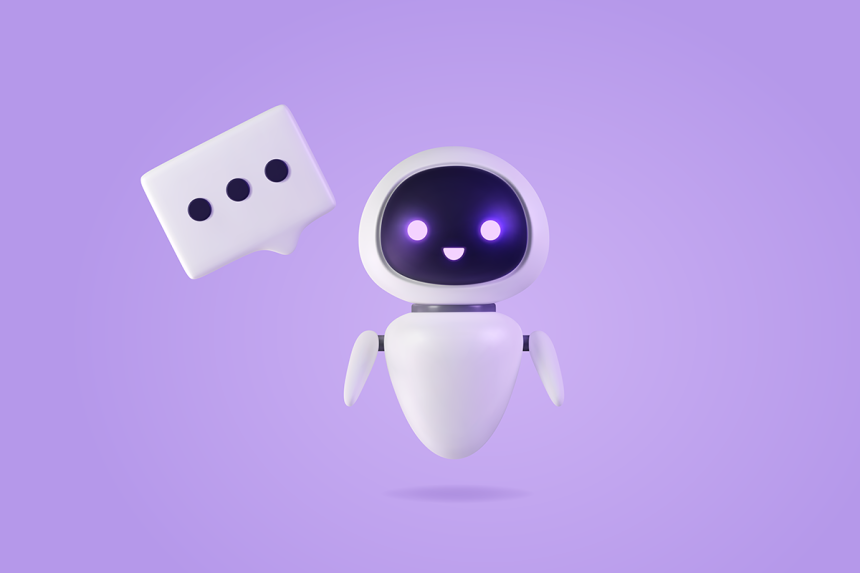As artificial intelligence rapidly evolves, a team of programmers has revisited the past, reviving the world’s first chatbot, ELIZA, using its original code. Developed at MIT in the 1960s by Joseph Weizenbaum, ELIZA was an early experiment in natural language processing, designed to mimic human conversation. Now, six decades later, this groundbreaking chatbot has been restored, providing a nostalgic glimpse into the foundations of AI.
The Birth of ELIZA
ELIZA was named after Eliza Doolittle, the central character in Pygmalion, and remains widely recognized as the first operational chatbot. While the concept of a talking machine had been envisioned earlier—most notably in Alan Turing’s ideas on artificial intelligence and the Turing Test—it was Weizenbaum who successfully transformed this vision into reality.
One of ELIZA’s most well-known scripts allowed it to function as a simulated psychotherapist, responding to users in a way that mirrored their statements. This design encouraged users to continue the conversation, creating an illusion of meaningful interaction. Early computer users found it surprisingly engaging, and it quickly gained popularity. Some, including Carl Sagan, demonstrated how ELIZA’s interaction style could lead people to temporarily believe they were speaking with a real therapist.
How ELIZA Differs From Modern AI
Unlike modern large language models, which generate responses based on vast datasets, ELIZA simply rephrased user input and prompted further discussion. This fundamental difference meant that ELIZA could not generate false information—a stark contrast to today’s AI models, which sometimes produce misleading or inaccurate statements. By only asking questions rather than providing answers, ELIZA avoided the risks associated with AI-generated misinformation.
Despite its simplicity, ELIZA’s development laid the foundation for modern AI. The principles behind its design continue to influence contemporary artificial intelligence, shaping how chatbots and conversational agents interact with users.
The Resurrection of a Digital Relic
Over the decades, ELIZA’s original source code was lost as programming languages evolved. However, in 2021, a breakthrough occurred when Jeff Shrager and Myles Crowley, an MIT archivist, discovered a complete copy of the code in Weizenbaum’s archives. With permission from the Weizenbaum estate, Shrager and a team of developers worked to restore ELIZA, undertaking a complex process that involved:
- Cleaning and completing the recovered code.
- Installing and debugging emulator stacks.
- Reconstructing missing functions from historical records.
During the restoration, some of the scripts found were incomplete drafts, requiring corrections and verification. To ensure accuracy, the developers compared ELIZA’s responses to historical transcripts, confirming that the revived version closely matched the original.
A Classic Chatbot Returns
One notable limitation of the restored ELIZA is that it breaks when users input numbers, a bug that has not yet been resolved. Despite this, ELIZA is now available for download, allowing users to experience a conversation with one of history’s earliest chatbots.
While it may not match the capabilities of modern AI, ELIZA provides a fascinating glimpse into the past—offering a frustrating yet amusing dialogue experience reminiscent of early AI experimentation. Unlike its modern successors, ELIZA will not generate misleading claims or develop biased behavior, making it a refreshing alternative in today’s AI landscape.





